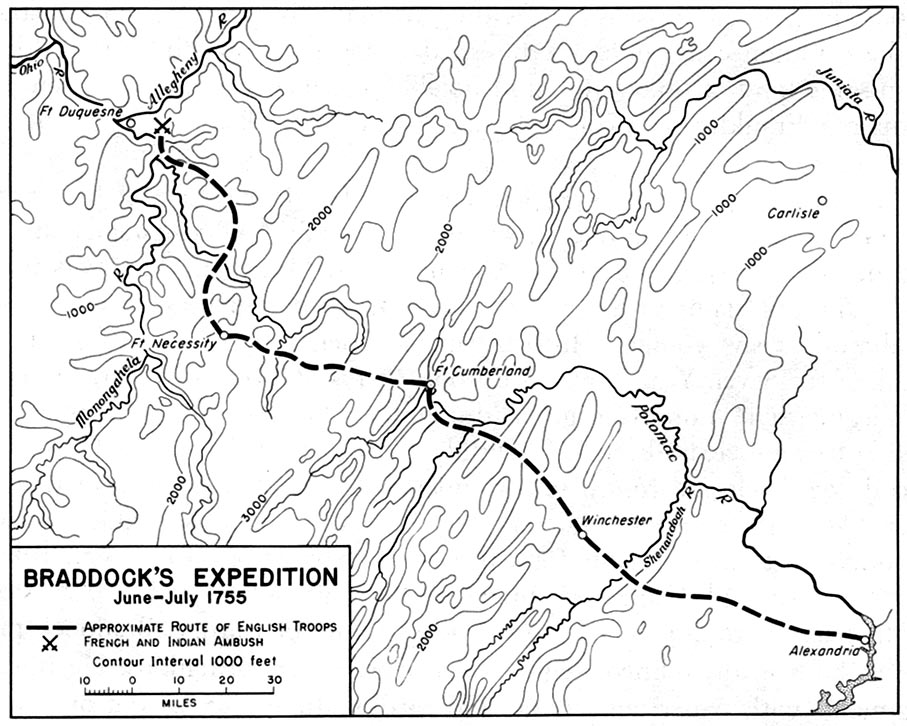TL;DR -- Everyone talks of the 250th. Wait a moment. That's a year away. And so, let's use the coming days to look at the Revolution in new ways that represent the marvels of the modern times.While, at the same time, look to the idiciocies that potentially loom and recognize them for what they are. We suggests a focal of the human variety. Aside: in 2026, we have the 400th of what became Salem.
--
Now, we are a few days prior to the commeration of the signing of the Declaration of Independence. Lots has been written and said about that event. Some people have been mentioned (too many to list). Many (most) were not. Even Dr. Frank's look at the Siege of Boston only mentions the officers.
And, at the same time, we are approaching one year to the 1776 event's celebration. Meanwhile, we can use this year to dig in. Sometimes, we'll dive deeply. Mostly, we expect to mention pending research items that would keep us busy for a very long time.
So, this week's look back is from the timeframe of 249 years having elapsed. The 250th, then, is next year. What else is associated with 2026? Well, 100 years ago, Salem celebrated its 300th. You see, the country was too new to do the 200th. Besides, the War of 1812 had just ended. "Manifest destiny" was beginning to bloom. All of that is already on the list. The next year, we will specifically deal with the Revolution and the 365 days leading up to the big split on paper.
Given the times, Salem MA sponsored a pageant which was a play about the early days leading up to the establishment of the Naumkeag settlement. Cape Ann has been mentioned a lot here; since last year, we are in a new era there as digital records indicate that some of the information might have been other than correct. Typical.
Anyway, the Pageant of Salem was performed in the towns of Essex County and elsewhere. Of note, most of the characters were played by descendants. We can look at that closer. Too, many of those of the time of the 300th were descendants, too, of participants in the Revolution (both sides - warning, we also look at Loyalists - say, Count Rumford who gave money to Harvard so that that provincial institute could modernize - needless to say, Rumford and later Gibbs will again get time in the spotlight this year).
Recently, we looked at a Roxbury (muddy waters, whatever, Suffolk County) family who married into a family at Ipswich (Essex County) or was it the other way: Gardner married Wise. In this case, Abigail Gardner was the sister of Mary Gardner Boylston. They were both grand aunts of a causalty (Col. Thomas Gardner) of Bunker Hill which we just looked at.
---
Abigail married Rev. John Wise. Who is this guy? Well, large male. Harvard graduate. As we see, Reverend. Was in an area of what was/is known as Ipswich. That little place on the waters even produced seagoing vessels. The American spirit, so to speak.
But, this is about John. He has lots of tales about him. One dealt with his early years when he was out with a hunting party. They ran into some Native Americans so as the potential for violence rose. But, John's party negotiated a wrestling match with John being chosen. The tale notes that the Reverend-to-be won and did so by throwing his opponent several feet in a remarkable feat of strength.
 |
| Ipswich MA |
We need more types like Rev. Wise, especially in the age with the digital illusions grasp people psychologically and wreck havocs on lives that way. And, let's count the other ways of mischief. Don't doubt that we can do this. Well, that needs to be our technology focus which will go forward with our arguing the importance of psychology and other studies that deal with humans.
---
Aside: We have waited a whole for this: in 2026, we have the 400th of Conant's moving from Cape Ann to Naumkeag which became Salem: Massey's Cove.
07/01/2025 -









